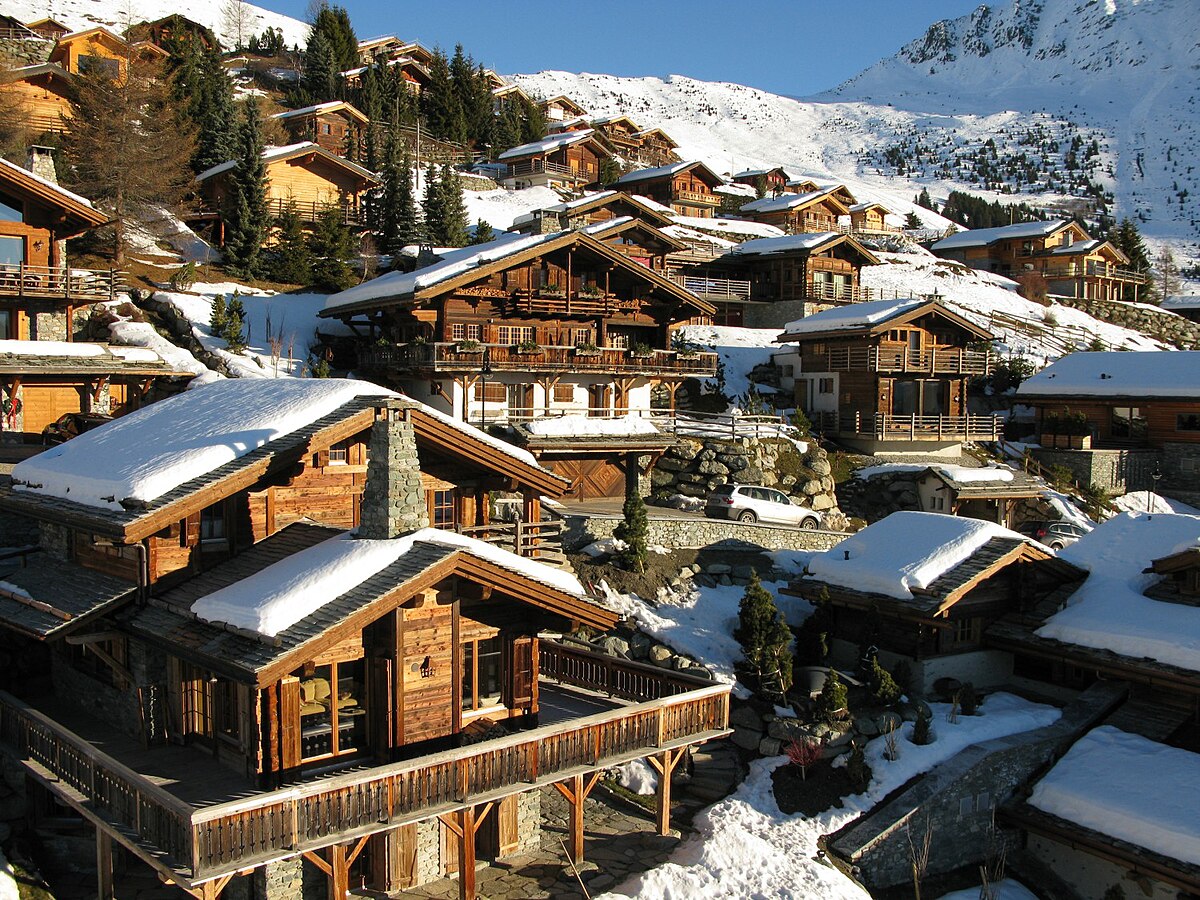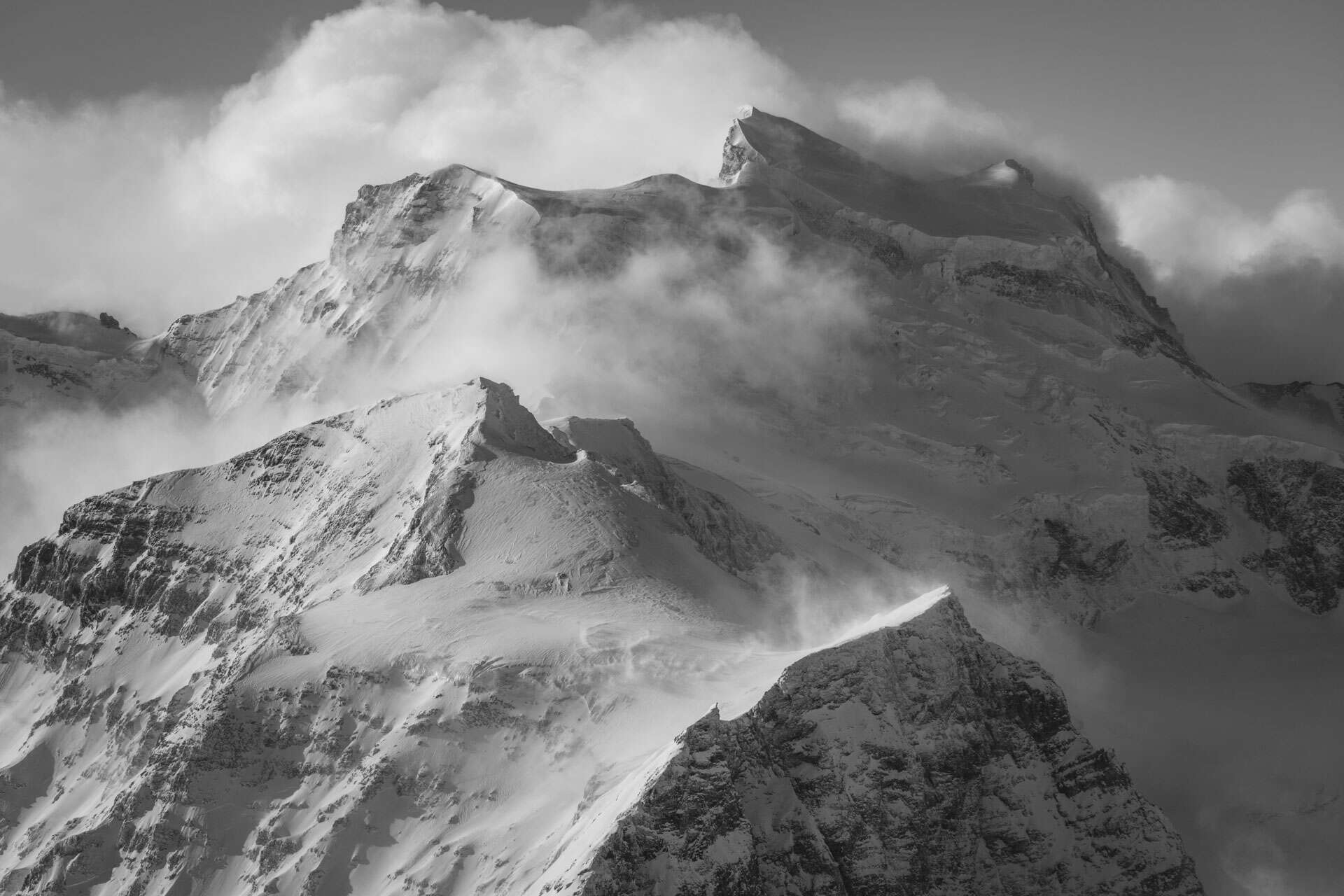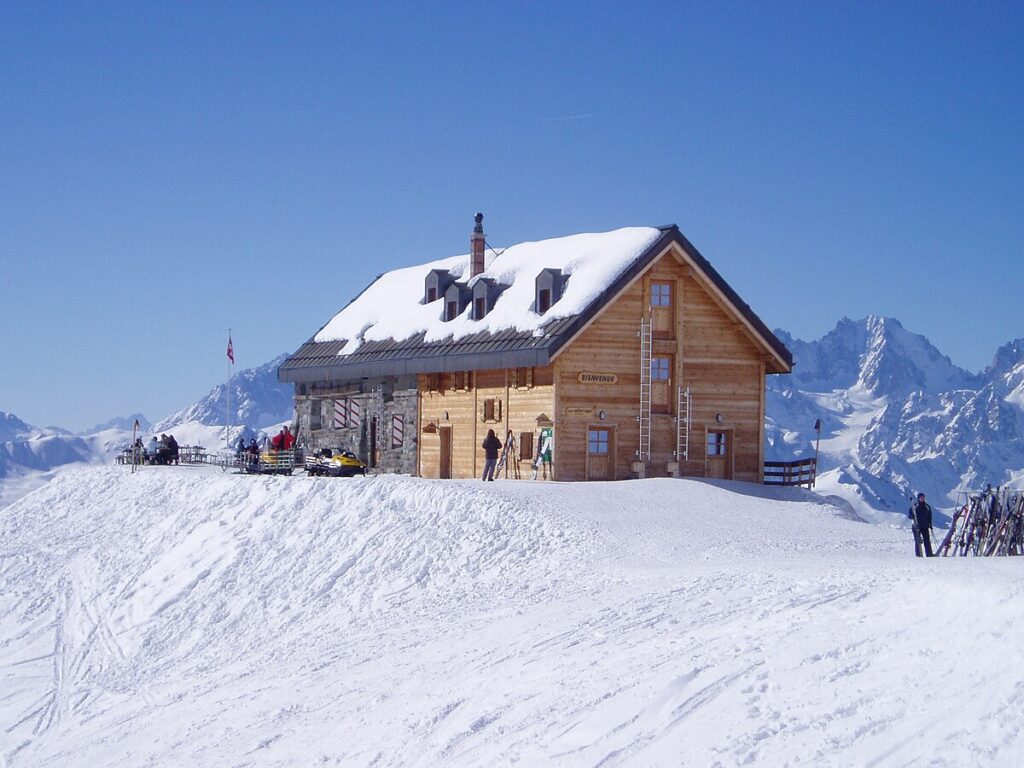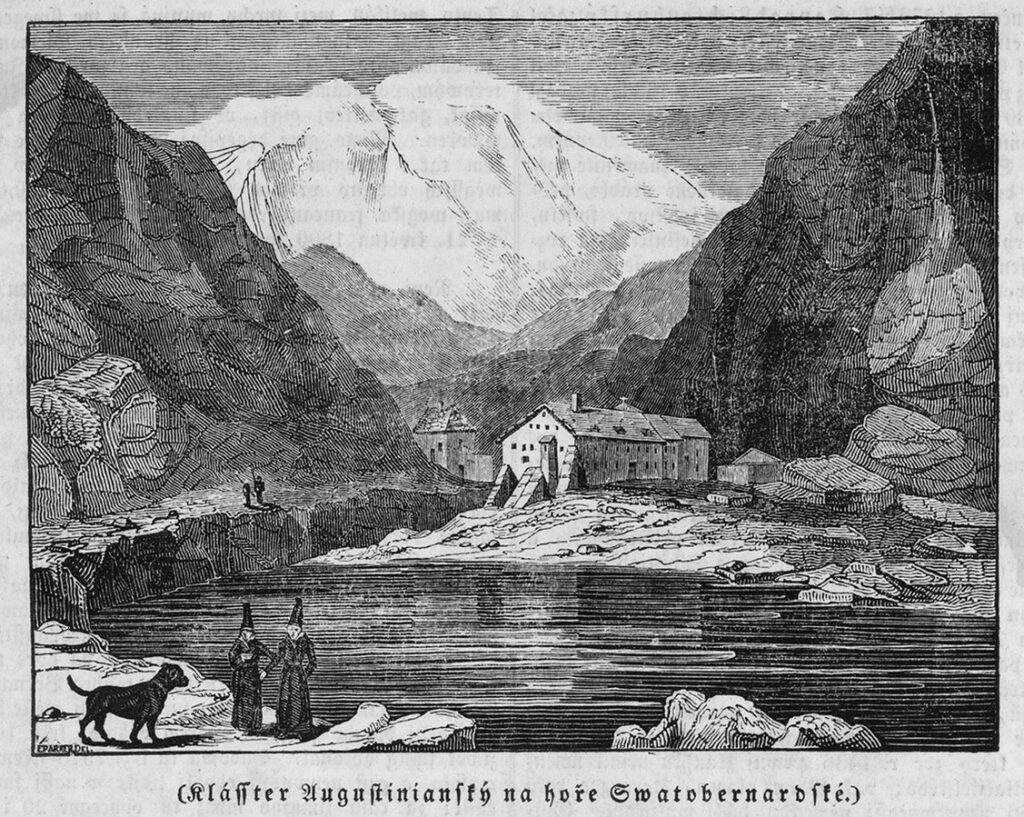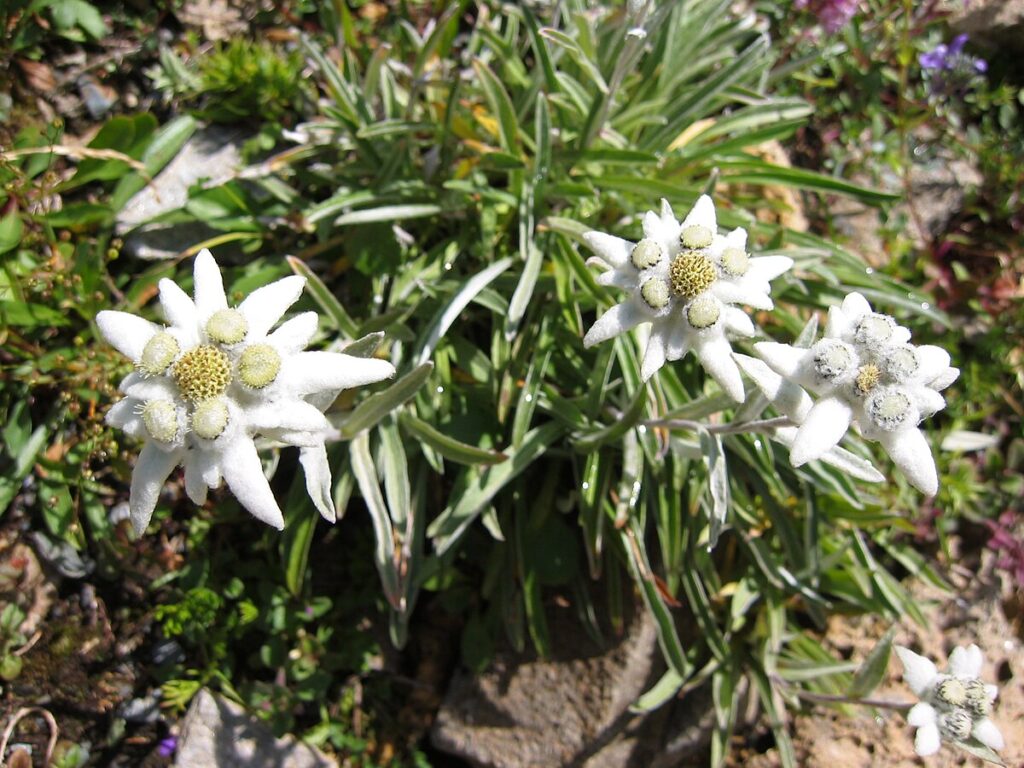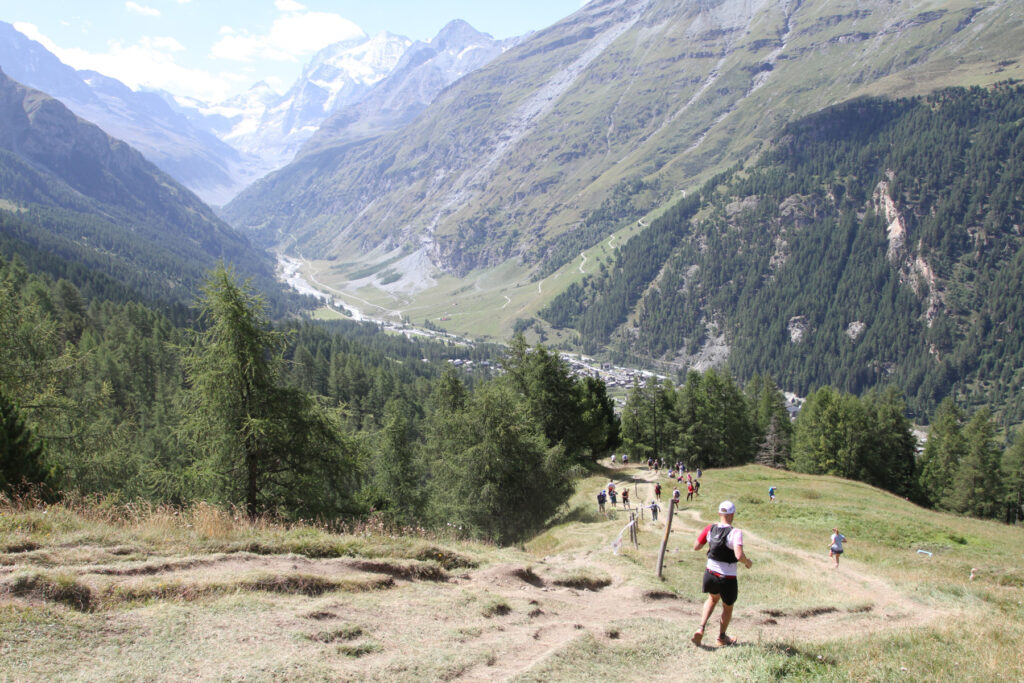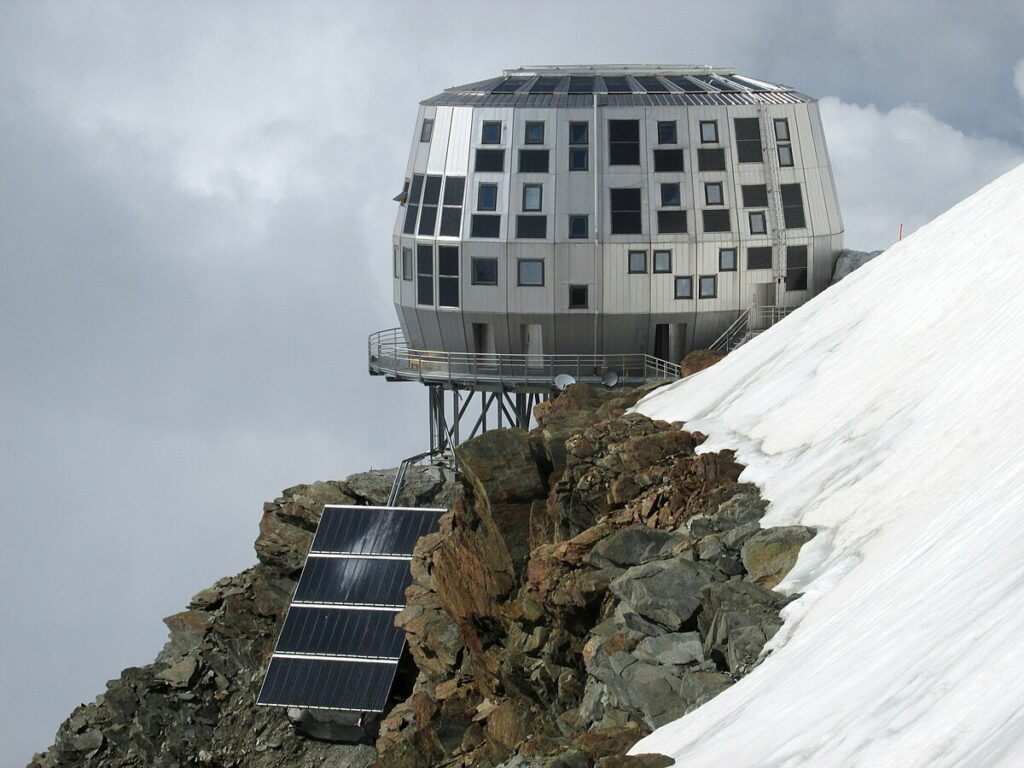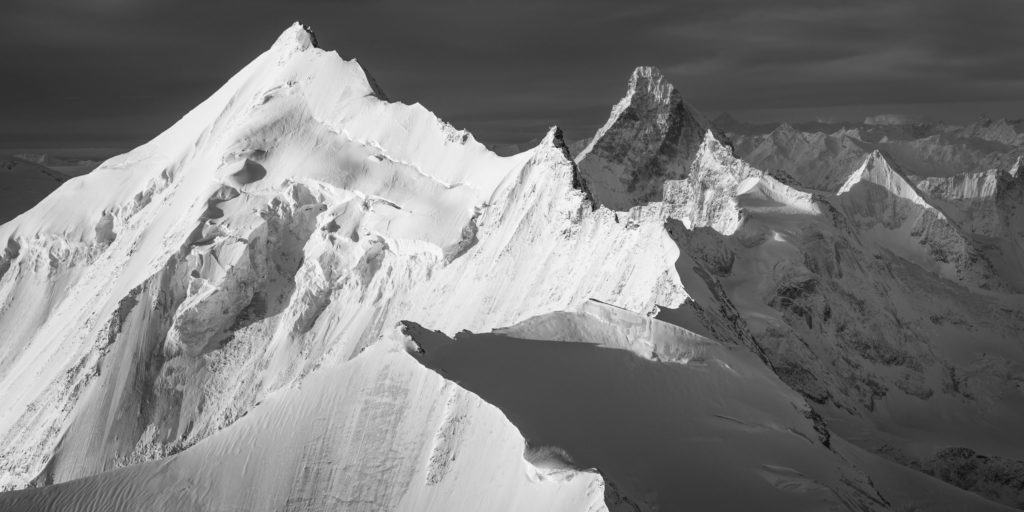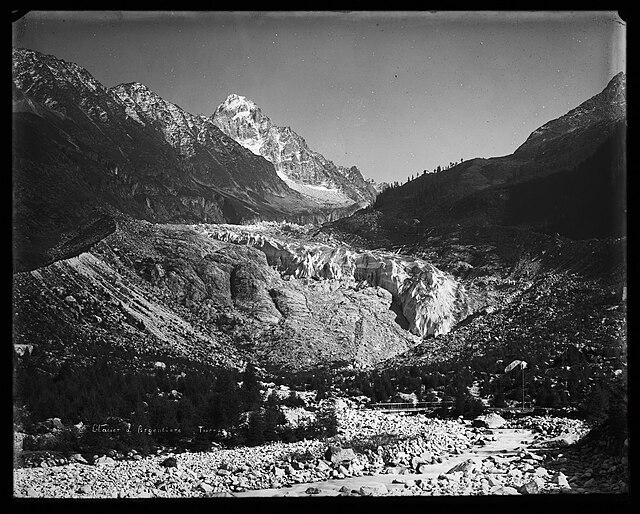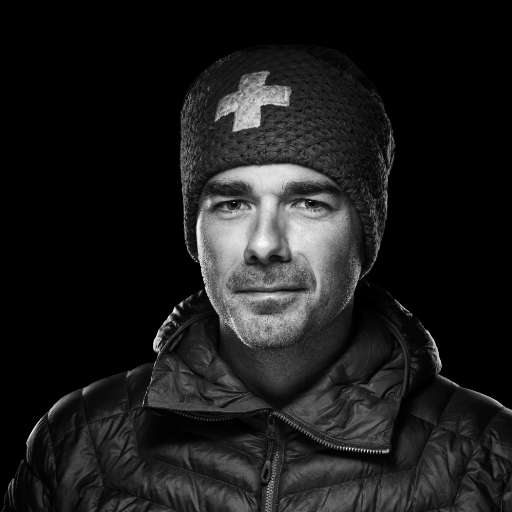Verbier Village lies at an altitude of 1400 m in the Swiss Valais. It is part of the municipality of Val de Bagnes, born in 2021 from the merger of Bagnes and Vollèges, in the district of Entremont. The last echo of a world where the Alps were nothing but forests and meadows, the village of Verbier has joined the stars. Today, it is dominated by the 4 Vallées ski area and its famous winter sports resort. Verbier Station dazzles mankind, cradle of the extreme and theater of exploits. But in the shadow of its world-famous slopes, what has become of the mountain and the footprint of its original inhabitants? I invite you to discover the history of Verbier Village, in the heights of the Val de Bagnes.
Le château de Verbier : Forgotten vestiges of the Valais Alps
Little remains of the Verbier of yesteryear. Only a few stone walls covered in greenery still bear witness to the existence of its former castle. If you'd like to explore the ruins, you'll have to follow a forest path from the village. The castle stands at an altitude of 1751 m, above the Saint-Christophe chapel.
The building dominated a rocky ridge to the west of the village. A prime location for keeping control over the entire valley. The Château de Verbier is mentioned in only one document, preserved in the archives of the Abbey of Saint-Maurice. It was probably built by the House of Savoy in 1287. Owned by the Abbey of Agaune, the Count of Savoy was free to occupy it in times of war. Nothing is known about the life of this building. However, in 1476, the conquest of the Lower Valais by the Seven Dizans undoubtedly proved fatal. After the Battle of La Planta, Verbier Castle was reduced to rubble. Left to vegetation, its ruins gradually fell into oblivion.
Verbier Village: Religious heritage in the high mountains
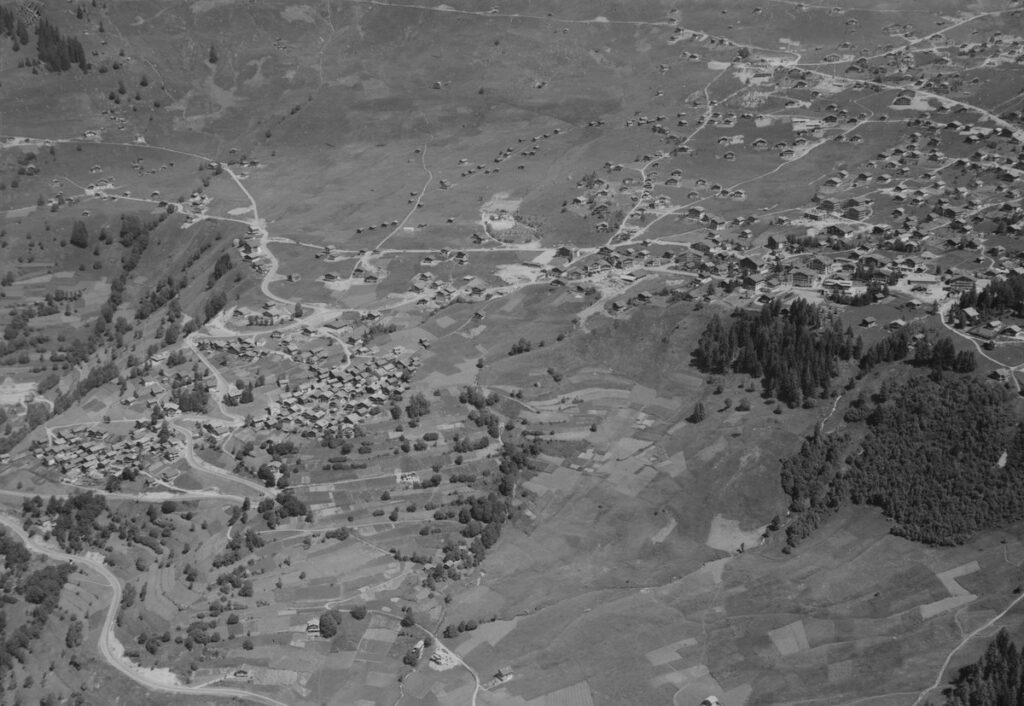
In October 1686, the village of Verbier opened the doors to its first chapel. Built on today's Chemin de la Crête, it was dedicated to Saint-Barthélemy. It was an open, clerestory church that could accommodate 15 people. But it soon became too cramped for the faithful. In 1866, the village acquired a larger church to meet the needs of its growing population. The original chapel was replaced by a stone church. The old choir, altar and works of art were preserved. Then, in 1874, a new bell, cast in Vevey, was installed in the bell tower. It sang the glory of God and his saints until it was abandoned. On October 28, 1973, a new parish church was consecrated a few meters higher up, on the Route de Verbier. From then on, the village paid homage to St. Bartholomew in a bright, contemporary architectural design.
Verbier Village's religious heritage extends far beyond the town center. And one of the buildings on its grounds is a real eye-catcher. The ecumenical chapel in the hamlet of Verbier honors the beauties of modern art. It springs from the union of materials and time to offer worshippers and hikers alike a dreamy moment, a breath of fresh air. Designed in 1990 by architect Pierre Dorsaz, the chapel highlights a long-standing tradition. A bell cast in the 17th century, paving from an old shepherd's hut, terracotta tiles from a convent, walls of reclaimed rubble and a traditional roof of tavillons. This showcase pays homage to Alpine heritage, while at the same time praising the art of contemporary stained glass. The stained glass windows in the chapel in the hamlet of Verbier , created in the renowned Simon-Marq workshops to designs by Cecilia Bozzoli, tell the story of mountain rescue. With their deep, sublime colors, the windows bring to life a custom that is deeply rooted in the soul of the Valais.
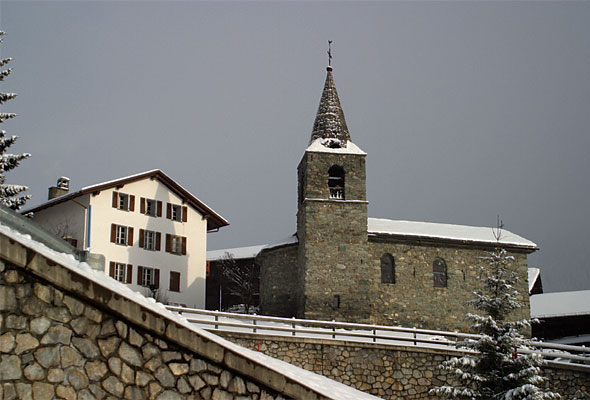
Verbier Village: The ski boom in the Val de Bagnes
Until the early 20th century, Verbier was a farming village. Cows grazed on fertile pastures high above the village. In those days, the mountains offered guests a place of peace and abundance. Contemplating every day this cameo of greens clinging to the rocks to infinity, and looking up to a horizon of azure and ice where only the winds paint the sky. Despite the harshness of the times and the few comforts of their homes, the peasants of the Val de Bagnes heights lived in a haven of peace.
But this was without taking into account the boom in skiing in the Alps and Valais. In 1927, skiing became one of Verbier's official tourist activities. The first slopes were built for winter sports enthusiasts. The community believed in its wealth and potential. It was time to make the most of them. In 1933, the Verbier Swiss Ski School opened its doors to meet the demands of an ever-increasing number of tourists. Verbier embarked on the road to a future where people could acclimatize to the highest summits and turn the mountains into a place of leisure and vacation.
Verbier Village: Ascent of a resort at the summit the Alps
The future of the Alps lies in tourism, mountaineering and winter sports. And Verbier is determined to seize this opportunity. To do so, it is giving itself the means to achieve its ambitions. If the village of Verbier is to become a popular tourist resort, it must equip itself with all the infrastructures necessary for its development.
In 1935, the road linking Le Châble to Verbier Village was inaugurated. It was a milestone that led to the birth of the Verbier resort, high above the village. By 1949, the road led to the resort, and visitors began flocking to enjoy the beauty of the Swiss Alps and exceptional skiing conditions. While Verbier had previously had just twenty or so inhabitants, it now welcomed thousands of tourists. The village finds itself relegated to the shadow of a resort thrust into the spotlight. Investors flock to the Val de Bagnes. Hotels flourished and the Verbier name resonated beyond the borders of the Valais.
In 1946, Verbier pioneered the funiluge on its snowy slopes. This forerunner of ski lifts enabled passengers to ascend 200 m in a sled attached to a cable. The following year, Verbier equipped itself with its first real ski lifts. In 1950, it was the turn of the Médran chairlift. This technological innovation revolutionized skiing in Verbier and encouraged the development of new slopes. The ski area continued to expand, and as Verbier grew, so did the number of lifts. In 1987, at the height of its growth, the network crossed the limits of the Val de Bagnes to serve the higher resort of Mont Fort, at 3300 m altitude. Verbier conquered the skies of the Alps and the hearts of the world. The resort exults, the village a distant memory.
Verbier Resort: The 4 Valleys ski area
The village of Verbier gives way at altitude to one of the world's most renowned winter sports resorts. Skiers from all horizons and thrill-seekers flock here to experience an exceptional adventure under the majestic gaze of the most beautiful summits in the Alps. Verbier Station is now part of the 4 Vallées ski area, alongside La Tzoumaz, Nendaz, Thyon and Veysonnaz. From the Attelas to Mont Fort, Verbier caters to the desires of its visitors: from ski slopes to off-piste, from tobogganing to cross-country skiing. A high-altitude playground boasting one of the longest winter seasons in the Swiss Alps.
At the start of the 21st century, the world is applauding the Verbier ski resort. Its meteoric rise, its international renown and the unforgettable experience it offers its visitors. In 2018, it was named "Switzerland's Best Ski Resort" at the World Ski Awards ceremony. And not content with its victory, Verbier Station repeats the feat by winning this award in 2019, and from 2021 to 2024. Will it be crowned queen of winter sports resorts again in 2025? We'll soon find out. But whatever the future holds, Verbier has already earned the stars.
More about the Verbier ski area
The resort of Verbier : a mecca for art, sport and extremes
Verbier 's radiance illuminates the Alps far beyond the slopes. The resort has been home to the Verbier Festival since its creation in 1994. With its focus on classical music, this event has become one of the most renowned in Europe, bringing together prestigious artists every summer.
Located on the Zermatt Haute Route, the resort of Verbier is also renowned as a stopover for such famous sporting events as the Tour de France cycling race. As the starting point for the Grimentz mountain bike race, the Verbier Saint-Bernard trail and the stage for the Verbier Bike Festival, the resort is a magnet for all seasons. Verbier is also the final stop on the Patrouille des Glaciers, a route devised by the Swiss military in 1943, linking Zermatt to the center of Verbier.
The resort of Verbier is also renowned as the cradle of off-piste skiing. A key destination for freeride enthusiasts, Verbier hosted the first Verbier Xtreme in 1996, and since 2008 has been the final stage of the Freeride World Tour. The greatest champions take to the slopes on snowboard or skis from the top of the Bec des Rosses north face. This final event crowns the masters of the discipline, snow virtuosos and heights geniuses who become one with the mountain, its steep slopes and vertiginous descents.
From a solitary hamlet where men lived off the wilderness, Verbier has metamorphosed into a showplace, where the snow rolls out its beautiful ivory carpet to honor sport, music and glory. Verbier Village has passed the torch to Verbier Station, embodying the future of a queenly mountain at the service of mankind. The emblem of the Val de Bagnes community, a symbol of excellence and a testament to prowess, Verbier shines brightly in the Valais sky and around the world.
